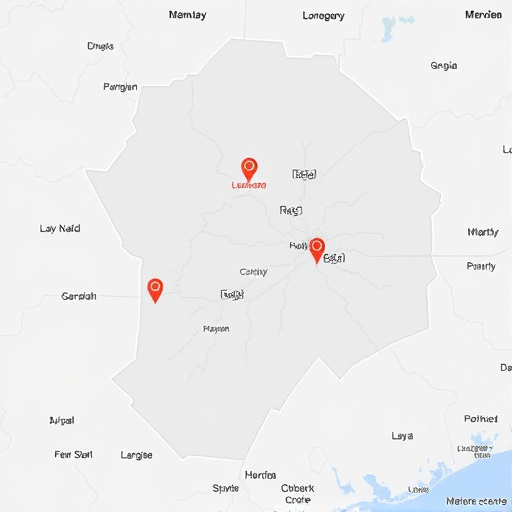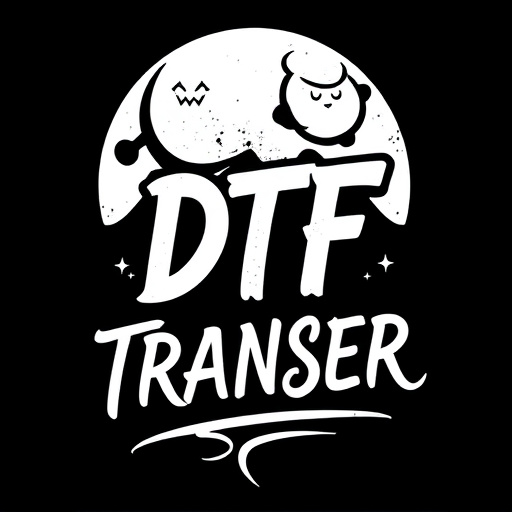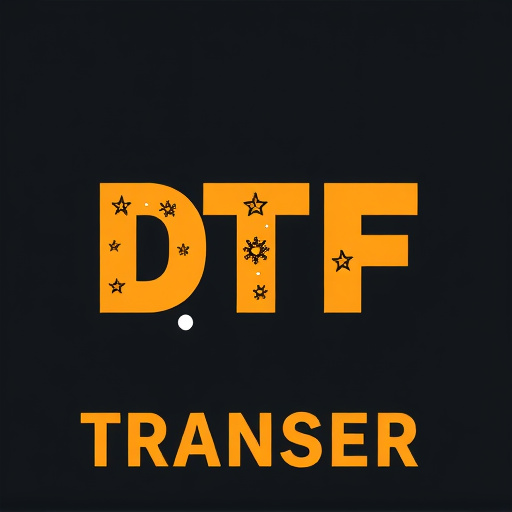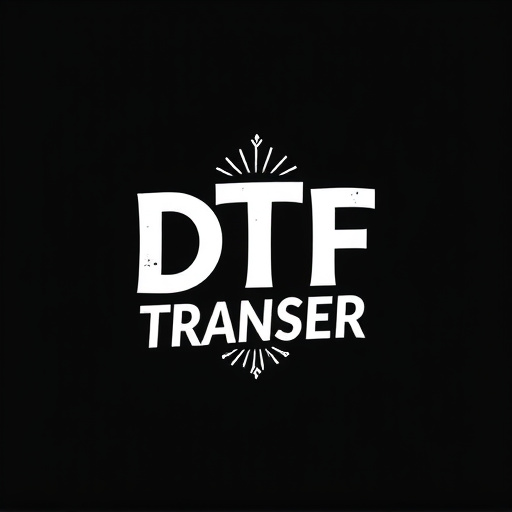Direct-to-Film (DTF) transfer technology revolutionizes printing with high-quality, durable prints on diverse surfaces like vinyl and fabric. Adhesive powders, key to DTF's success, offer precision and durability, enabling intricate design replication. Heat-activated, water-based, and UV-curable options cater to specific needs. Proper substrate preparation and application techniques ensure optimal DTF print quality. Despite challenges in consistent application, professionals prefer adhesive powder for its versatility. Future advancements aim to enhance bonding strength, reduce environmental impact, and expand material range, promising more personalized, streamlined DTF printing across industries.
Adhesive powder is a game-changer in the realm of direct-to-film (DTF) transfer technology, revolutionizing the way we create vibrant, durable prints. This article delves into the intricacies of DTF transfer creation, exploring the crucial role of adhesive powders and their impact on print quality. We’ll navigate the types, properties, and application techniques of these powders, while discussing the benefits, challenges, and future trends in DTF printing, ensuring folks stay ahead in this dynamic landscape.
- Understanding Direct-to-Film (DTF) Transfer Technology
- The Role of Adhesive Powder in DTF Printing Process
- Types and Properties of Adhesive Powders for DTF Transfers
- Application Techniques for Achieving Optimal DTF Prints
- Benefits and Challenges of Using Adhesive Powder in DTF Creation
- Future Trends in DTF Transfer and Adhesive Innovations
Understanding Direct-to-Film (DTF) Transfer Technology
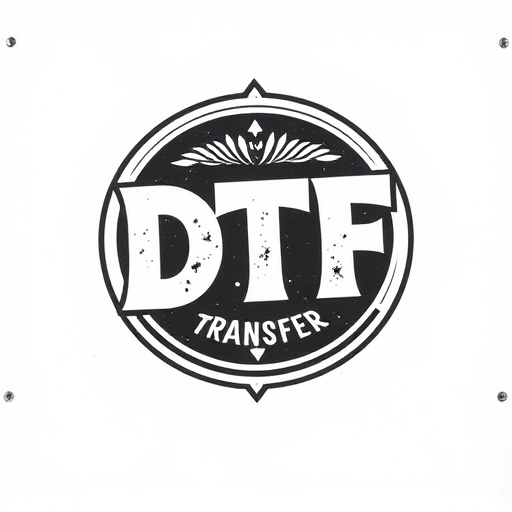
Direct-to-Film (DTF) transfer technology is a cutting-edge process that allows for the creation of high-quality, durable prints directly onto various film surfaces. This innovative method has revolutionized the way we produce and apply graphics, especially in industries like signmaking, packaging, and even fashion. DTF involves a precise and intricate process where adhesive powders play a pivotal role. These powders are carefully applied to a film, creating a receptor layer that bonds permanently with the ink during the transfer process.
DTF Printing offers numerous advantages over traditional methods. It enables fast production times, ensures vibrant and long-lasting colors, and allows for exceptional detail retention. This technology is particularly versatile, catering to diverse materials like vinyl, polyester, and even fabric. By using adhesive powders tailored to specific films, DTF Transfer creates prints with superior adhesion, making them suitable for both indoor and outdoor applications, thus expanding the possibilities for creative design and functionality.
The Role of Adhesive Powder in DTF Printing Process
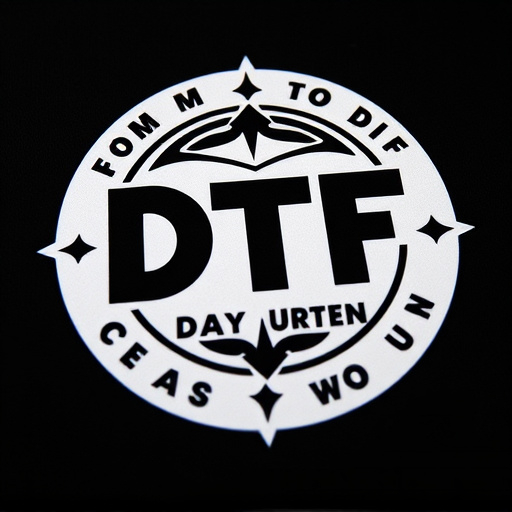
Adhesive powder plays a pivotal role in the intricate process of Direct-to-Film (DTF) transfer creation, enhancing the precision and durability of DTF prints. During the DTF printing process, adhesive powder is meticulously applied to the film, forming a crucial bond with the substrate upon heat activation. This innovative technique allows for the transfer of intricate designs and images onto various materials, from textiles to plastics, with remarkable clarity and vibrancy.
The key advantage of using adhesive powder lies in its ability to create a strong and long-lasting adhesion between the film and the target surface. The fine particles of powder adhere to the film, ensuring that the design is accurately transferred during the heating process. This meticulous step is essential for achieving high-quality DTF prints, where every detail, from subtle shading to complex patterns, must be faithfully replicated.
Types and Properties of Adhesive Powders for DTF Transfers
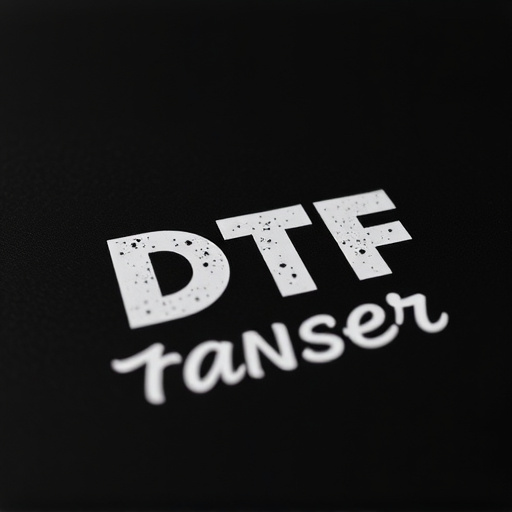
Adhesive powders play a pivotal role in the intricate process of direct-to-film (DTF) transfer creation, offering a range of options tailored to specific printing needs. These powders are selected based on their ability to adhere to both the substrate and the film, ensuring precise and long-lasting DTF prints. The types of adhesive powders vary, each with unique properties that contribute to the overall quality and durability of the final transfer.
One common type is heat-activated adhesive powder, which requires a specific temperature to initiate bonding. This variety is particularly effective for complex designs as it allows for detailed adherence to intricate patterns. Another popular choice is water-based adhesive powder, known for its eco-friendly nature and quick setting time, making it a preferred option for those seeking faster production without compromising quality. Additionally, UV-curable powders offer a versatile solution, curing under ultraviolet light and providing excellent resistance against fading or damage, ensuring vibrant DTF prints that withstand the test of time.
Application Techniques for Achieving Optimal DTF Prints

The application technique plays a pivotal role in achieving high-quality DTF (Direct-to-Film) prints. To ensure optimal results, it’s essential to prepare the substrate surface meticulously. This involves cleaning and degreasing to eliminate any contaminants that might interfere with adhesion. A smooth and dry surface is crucial for the successful bonding of the adhesive powder during the transfer process. Professionals often use specialized cleaning solutions and abrasives to achieve this level of preparation.
Once the substrate is ready, the adhesive powder is evenly distributed over the area to be printed. This can be done through various methods, including spray application or brushing, depending on the project’s scale and complexity. Even coating ensures consistent adhesion and precise color reproduction in the final DTF prints. Subsequent steps involve curing the adhesive with heat or UV light to set it firmly, locking in the design for long-lasting durability.
Benefits and Challenges of Using Adhesive Powder in DTF Creation
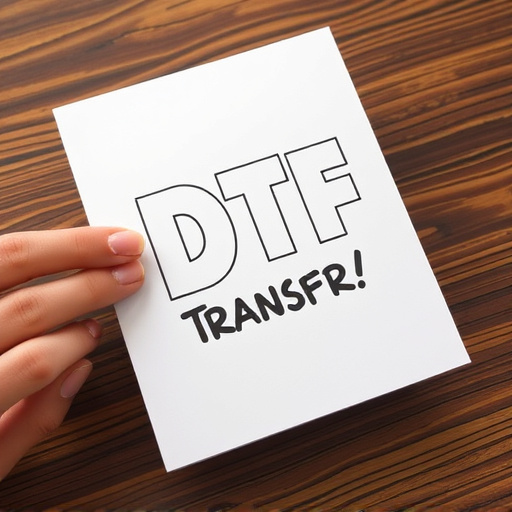
Using adhesive powder in direct-to-film (DTF) transfer creation offers several significant advantages. Firstly, it enhances the bonding strength between the design and the receiving substrate, ensuring high-quality, long-lasting DTF prints. This is particularly beneficial for applications requiring durability, such as outdoor signage or industrial markings. Additionally, adhesive powder facilitates a precise and efficient transfer process, allowing for intricate designs with fine details to be replicated accurately. The versatility of this method caters to various materials, from vinyl to fabric, expanding the possibilities for creative expression in DTF printing.
However, challenges exist when employing adhesive powder for DTF creation. One notable hurdle is achieving consistent application; uneven distribution can lead to inconsistent adhesion and print quality issues. Proper preparation and technique are crucial to overcome this. Furthermore, post-print curing may be required to attain optimal bonding, adding an extra step to the production process. Despite these challenges, the benefits of adhesive powder in DTF transfer creation continue to drive its popularity among professionals seeking high-quality, durable prints.
Future Trends in DTF Transfer and Adhesive Innovations
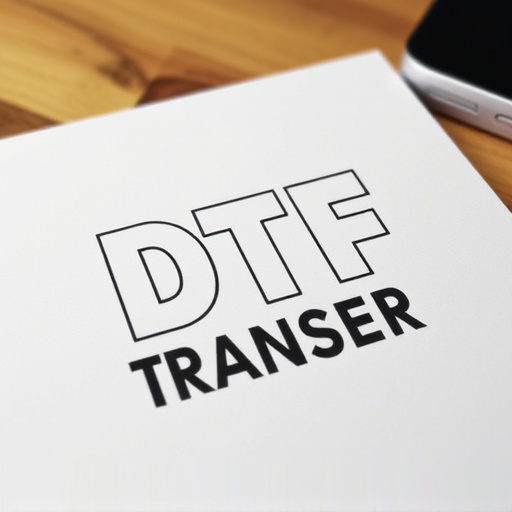
The future of Direct-to-Film (DTF) transfer printing looks promising, with continuous innovations in adhesive technologies playing a pivotal role. As the demand for DTF prints continues to grow across various industries, researchers and manufacturers are focusing on enhancing the efficiency, durability, and versatility of these transfers. One notable trend is the development of more powerful yet environmentally friendly adhesives. These innovative formulations aim to reduce the impact of chemical components, making them safer for users and the environment while maintaining superior bonding strength.
Additionally, the integration of digital printing technologies with DTF processes is set to revolutionize the industry. Advanced printers equipped with precise application systems can create intricate patterns and designs with remarkable detail. This, coupled with the ability to use a wider range of materials, including new types of inks and substrates, will open up exciting possibilities for creative expression in DTF transfer creation. Such advancements are expected to further streamline production, reduce waste, and offer more options for personalized, high-quality DTF prints.






